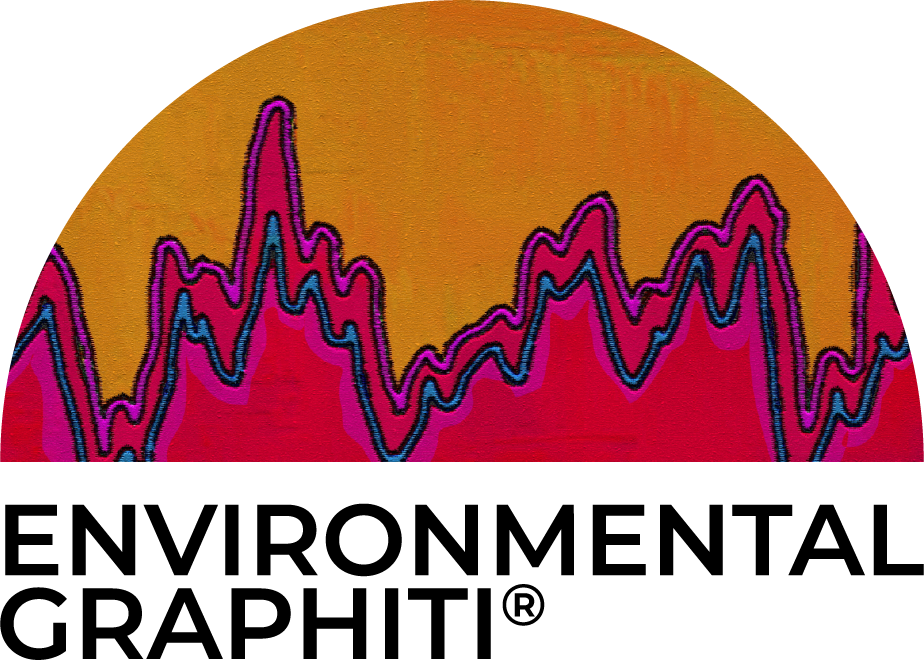The Role of Carbon Dioxide Removal
The Art
The Science
What’s Alarming
“Carbon dioxide removal (sometimes called carbon removal or CDR) refers to a cluster of technologies, practices and approaches that remove and sequester carbon dioxide from the atmosphere. Despite the common denominator of removing carbon dioxide, these technologies can be very different. To put it simply, one can distinguish between biological and engineered options. For some of the former (such as afforestation, reforestation or soil carbon management), experience has been accumulated over decades. Conversely, experience is limited with regard to the latter (notably direct air capture, or bioenergy combined with carbon dioxide capture and storage)… Carbon dioxide removal options have become a common feature in climate change mitigation scenarios that are consistent with the goals of the Paris Agreement… Carbon dioxide removal and the deployment of negative emissions approaches must be employed in addition to other mitigation options…”
The above figure “…shows emission reductions from conventional mitigation technologies combined with carbon dioxide removal. This exemplary scenario is consistent with an at least 66 percent chance of keeping warming below 2°C relative to pre-industrial levels. Emission reductions are shown against a business-as-usual scenario without any additional climate policies. Global net emissions levels turn to net negative towards the very end of the century, but carbon dioxide removal is already being deployed much earlier…”*
“…C.C.S. [carbon capture and storage] is seen as a solution to the emissions problem for a range of industries, from electricity generating plants powered by fossil fuel to industrial facilities that produce cement, steel, iron, chemicals and fertilizer…Where C.C.S. has been most widely used in the United States and elsewhere, however, is in the production of oil and natural gas. Here’s how: Natural gas processing facilities separate carbon dioxide from methane to purify the methane for sale. These facilities then sometimes pipe the “captured” carbon dioxide to what are known as enhanced oil recovery projects, where it is injected into oil fields to extract additional oil that would otherwise be trapped underground…”**
*United Nations Emissions Gap Report 2017, Bridging the Gap – Carbon Dioxide Removal Figure 7.2, Lead authors: Pete Smith (University of Aberdeen), Julio Friedmann (Carbon Wrangler, LLC)
**Every Dollar Spent on This Climate Technology Is a Waste, New York Times, Guest Essay, Aug 16, 2022, Charles Harvey and Kurt House. (Dr. Harvey is a professor of environmental engineering at the Massachusetts Institute of Technology. Dr. House is the chief executive officer of KoBold Metals, a metals exploration company.)
